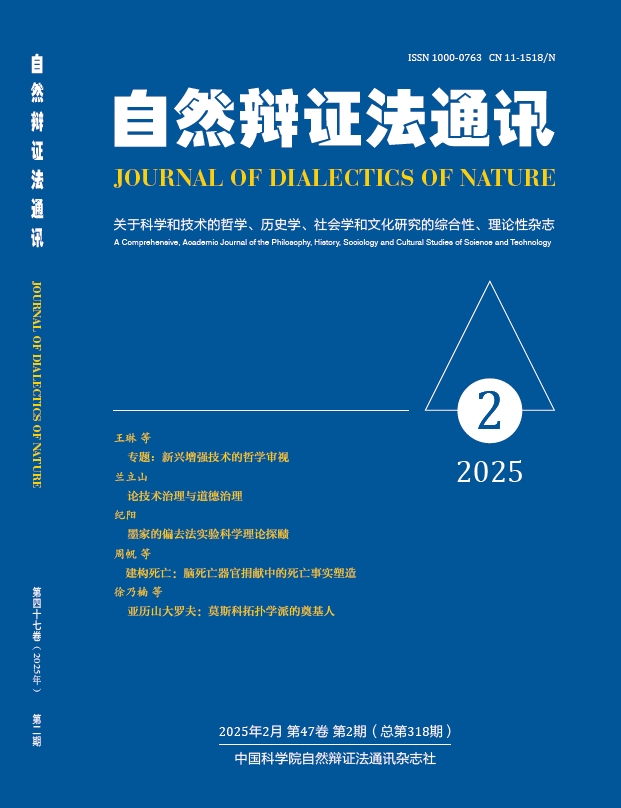

Published Online: 2025.1.15
DOI: 10.15994/j.1000-0763.2025.02.001 CSTR: 32281.14.jdn.2025.02.001
Abstract: One of the assumptions often included in many ethical and legal discussions about human
enhancement is that enhancement is a concept that can be distinguished from treatment and this concept presents
unique ethical and legal challenges. However, some other scholars believe that whether the dichotomy between
enhancement and treatment can be established needs reflection. They not only question whether this distinction is
feasible from the fuzziness and relativity of the standard, but also question the rationality of this distinction based
on the continuum of the practical reasons for pursuing treatment and enhancement. With the help of the conceptual
tools and theoretical methods of law philosophy, we examined the various doubts raised about the dichotomy of
enhancement and treatment one by one and found that: on the one hand, the Normal Function Model provides a
feasible criterion for distinction of treatment and enhancement; and on the other hand, the application of Rawls’
principle of “fair equality of opportunity” in the field of public health also suggests that this dichotomy is of moral
and legal importance.
Key Words: Treatment; Human enhancement; Continuum; Fair equality of opportunity
This article can be downloaded here
https://jdn.ucas.ac.cn/public/uploads/files/67862483cc552.pdf
- Contact Us
- Address: No.19A Yuquan Road, Beijing, 100049, China
- Phone: +86-10-88256007
- Email:jdn@ucas.ac.cn




